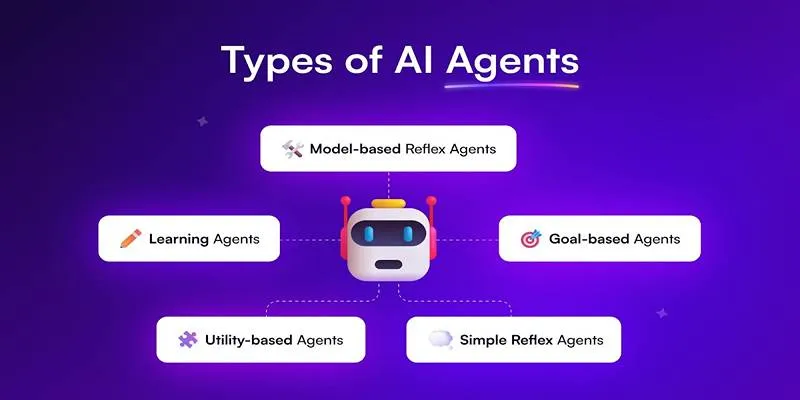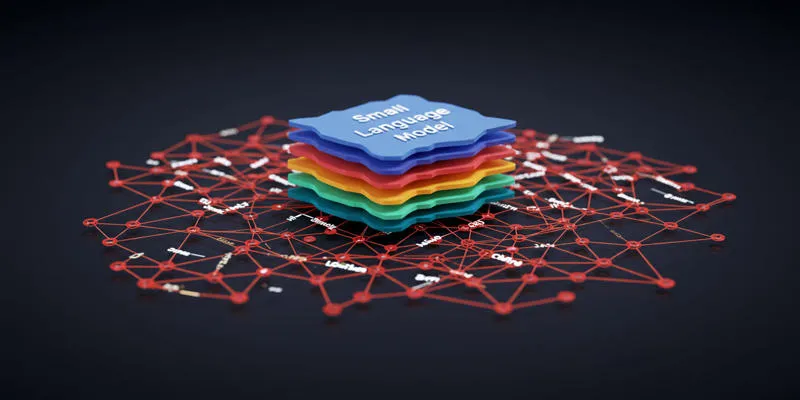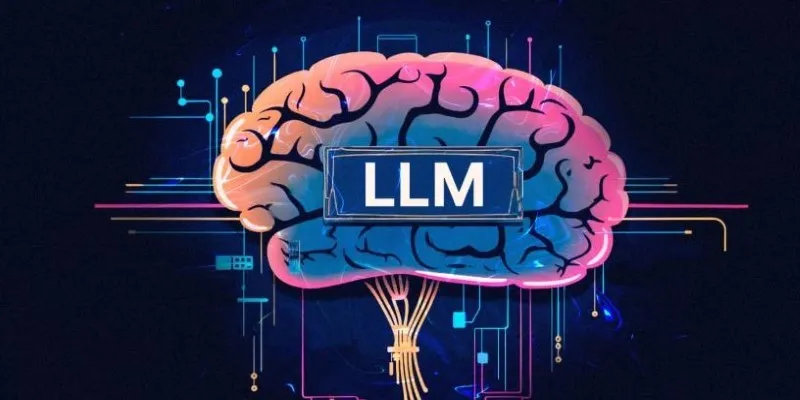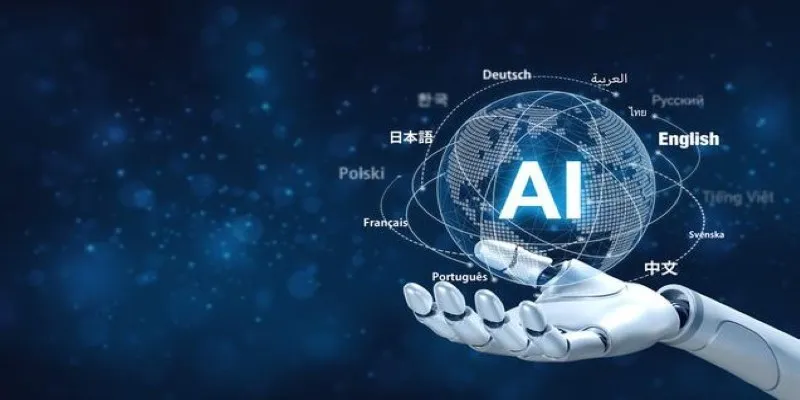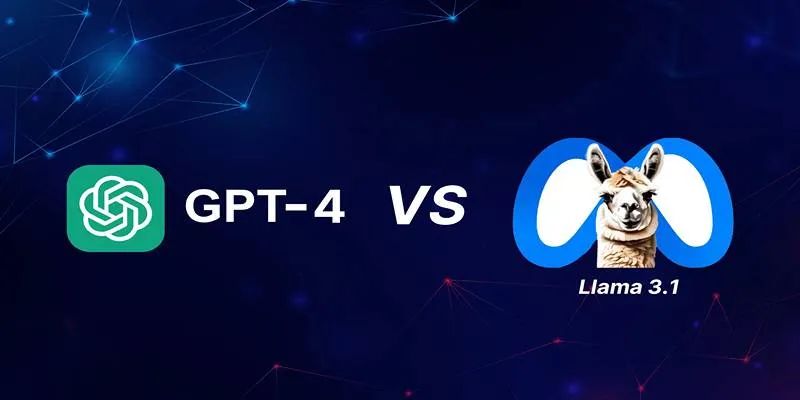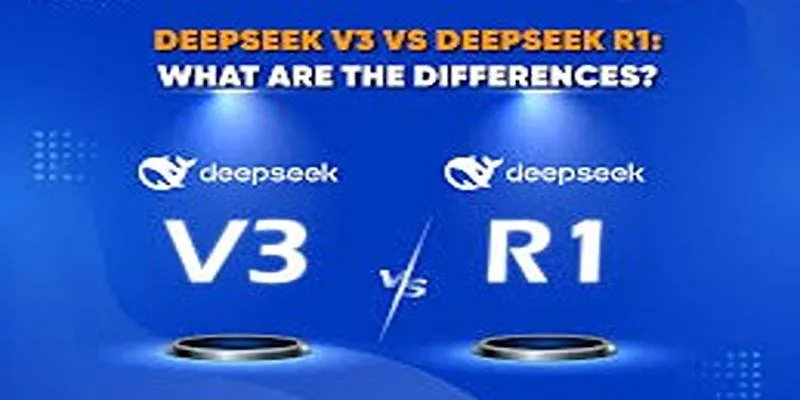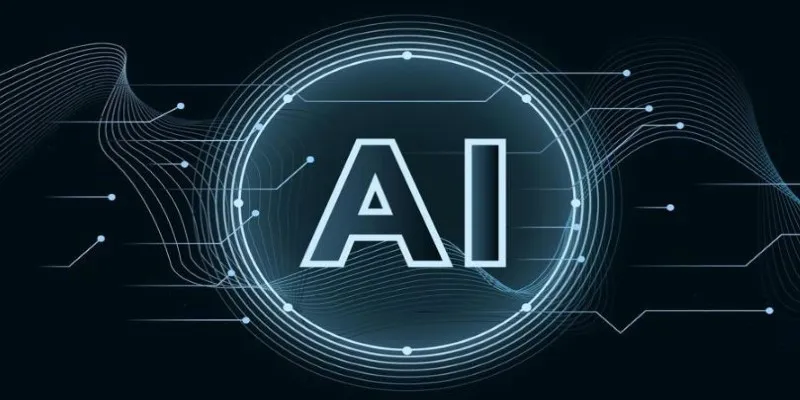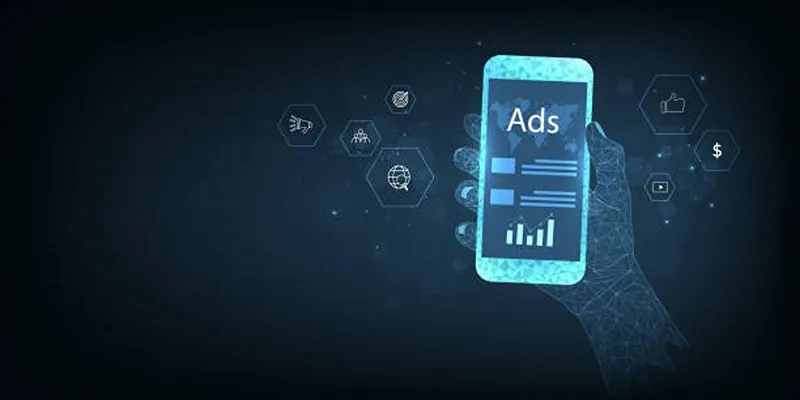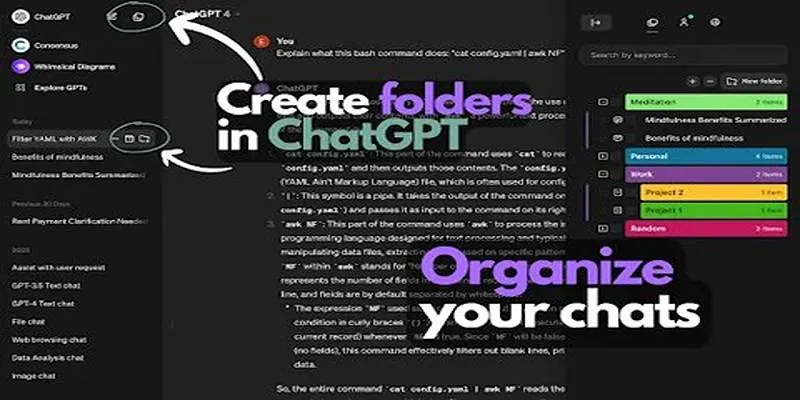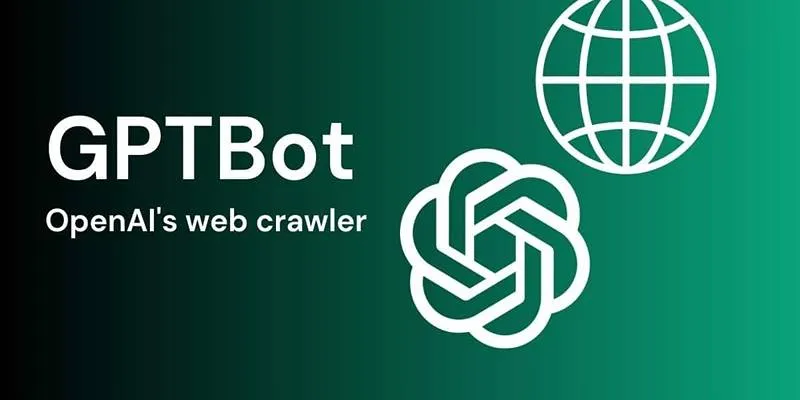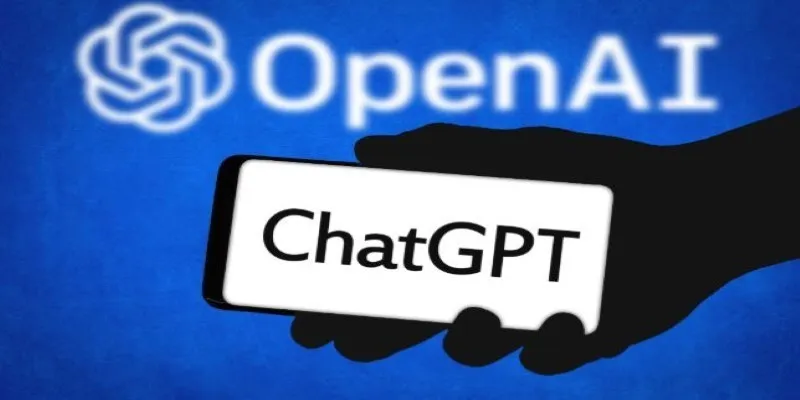There’s a significant shift occurring in the realm of language agents. Developers are no longer content with creating basic, linear bots that answer one question and then lose context. Modern tools require memory, decision- making capabilities, and a structured approach—akin to human thought processes. This is where LangGraph comes into play.
As an extension of LangChain, LangGraph enables the creation of graph-based workflows for language models, allowing agents to transition through various states and actions similar to a flowchart. It’s not merely another tool; it revolutionizes the way we conceptualize intelligent systems that require memory, logic, and flexible transitions.
What Is LangGraph?
LangGraph is a library designed to construct stateful, multi-step language agents using a graph-based structure. Unlike the traditional linear workflows in LangChain, LangGraph supports dynamic paths—ideal for decision trees, troubleshooting sequences, and multi-turn conversations. This allows for more flexible, context-aware AI systems that adapt based on user input and previous states.
With LangGraph, you can build a directed graph where each node represents a “state” in the agent’s lifecycle. These states might involve tasks like questioning a user, processing a response, calling an API, or making a decision. The edges between nodes define the transition logic—what happens next based on previous interactions, calculations, or data retrievals.
This approach is powerful because it emulates how humans handle tasks—not just in a straight line but with conditional loops, branching decisions, and memory-based context switching. LangGraph makes it feasible to model these scenarios within an LLM-powered environment.
Think of it as combining the clarity of a flowchart with the intelligence of a language model—bridging the gap between structure and creativity in a unique way.
Key Features and How It Works
LangGraph integrates seamlessly with LangChain, granting instant access to LangChain’s features: prompt templates, memory modules, tool calls, and agents. What distinguishes LangGraph is its ability to organize and control flow.

The core of LangGraph is a multi-node, multi-edge graph. You create each node using Python functions or LangChain chains, and each node can perform various tasks—run a tool, query a database, generate text, or even call another agent. Transitions between nodes are managed using rules, functions, or AI-generated logic.
A node could be as simple as asking a user their name or as complex as running a document summarizer that feeds results to another model. You define transitions using functions that take in the current state and return the next node, making the workflow adaptive and capable of changing direction based on ongoing events.
A standout feature is looping and memory, where nodes can return to themselves or previous ones. This enables agents to retry, double-check answers, or clarify input. It’s incredibly useful in real-world applications like form filling, troubleshooting, and recursive research tasks.
LangGraph also supports multi-agent collaboration, where different agents function as nodes and delegate tasks to one another. For example, one agent can act as a researcher, another as a summarizer, and a third as a decision- maker. They each play their part within the same structured graph, advancing the conversation or task in a controlled and intelligent manner.
Since everything is defined as Python functions or LangChain constructs, LangGraph is customizable and powerful. You’re not confined to a proprietary syntax or visual tool—you’re coding the structure, which offers total flexibility.
Real-World Use Cases and Their Importance
LangGraph excels in complex, real-world scenarios where linear workflows fall short. When conversations and decisions become intricate—such as in customer service, education, healthcare, onboarding, or research assistance—a basic question-answer format isn’t sufficient. These environments require context, adaptability, and memory. LangGraph meets these needs by turning each task into a node in a graph, with logic dictating subsequent actions.
In customer support, for instance, an AI agent might need to ask multiple diagnostic questions, retrieve account data, recommend solutions, and escalate issues—all while retaining prior answers. LangGraph structures this into manageable, reusable segments. Each step is a node, and transitions depend on user responses or backend data. There’s no need to hard-code every scenario—the graph manages it dynamically.
Education benefits as well. A tutoring agent can adjust its path based on a student’s performance. If the learner struggles, the agent loops back for reinforcement. If they succeed, it progresses. This makes adaptive learning not just possible but scalable.
Another ideal application is data analysis. Imagine parsing a financial document: one node reads the file, another extracts data, one summarizes, another performs calculations, and a final node provides insights. LangGraph coordinates these steps seamlessly.
What unites these use cases is LangGraph’s ability to apply intelligent flow control, empowering agents to adapt, evolve, and operate as a cohesive system.
The Future of AI Agents with LangGraph
As language models undertake more sophisticated tasks, the limitations of stateless prompts become apparent. LangGraph offers a structured, modular approach that empowers developers to build context-aware agents capable of real decision-making and coordination. Its node-based design supports reusable components—such as sentiment analysis or recommendation engines—making workflows scalable and easier to manage as they grow.

LangGraph also enhances observability. Developers can trace data movement, decision-making processes, and pinpoint issues. This transparency is crucial for trust and compliance, particularly in critical sectors.
What sets LangGraph apart is its ability to bring structure to language-based AI. It’s no longer about chaining prompts—it’s about designing systems that behave intelligently and predictably. As the demand for advanced AI workflows increases, LangGraph is becoming a foundational tool for those aiming to build sophisticated, production-ready AI agents.
Conclusion
LangGraph is more than just a tool—it’s a paradigm shift in designing intelligent agents. By introducing a graph-based structure, it incorporates memory, logic, and adaptability into language model workflows. Whether you’re developing a chatbot, research agent, or multi-step assistant, LangGraph simplifies complex decision-making. It bridges the gap between flow control and language understanding, enabling AI systems to evolve with purpose. For developers aspiring to create truly responsive agents, LangGraph offers both structure and power in one cohesive package.
 zfn9
zfn9
